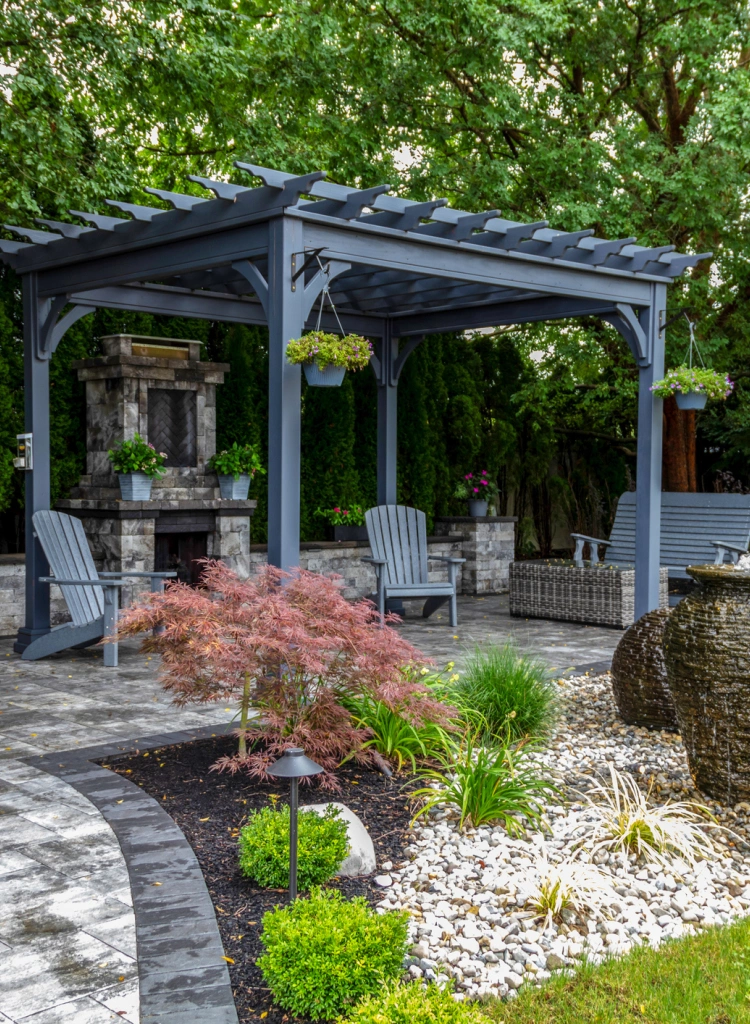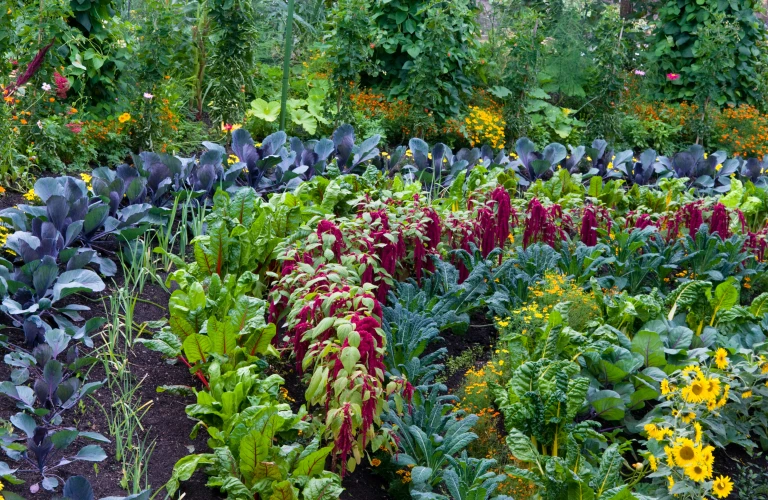
Common Garden Design Mistakes to Avoid in Glasgow and Edinburgh
Designing your dream garden is an exciting and rewarding process, but it’s surprisingly easy to make decisions that, over time, lead to disappointment, unnecessary expense, or high-maintenance headaches. At North Hill Gardens, we’ve worked on countless projects across Glasgow, Edinburgh, and the Central Belt, and we’ve seen first-hand the common mistakes homeowners fall into when planning outdoor spaces without professional guidance.
In this post, we’ll highlight some of the most frequent design pitfalls, explain how Scotland’s unique climate and urban context play a role, and share advice on how you can avoid these costly missteps.
The Most Common Garden Design Mistakes (and How to Avoid Them)
1. Overcrowding the Space
It’s tempting to want everything - a dining area, water feature, pergola, firepit, raised beds, play area - but overcrowding your garden can make it feel chaotic, cramped, and uncomfortable. This is especially true in period properties in areas like Edinburgh’s Marchmont or Glasgow’s Hyndland, where garden spaces are often long and narrow.
A well-designed garden should feel balanced and breathable. According to the Society of Garden Designers (SGD), one of the key modern trends is towards less is more - thoughtful, multi-purpose features that give a sense of openness and flow.
Our tip: Focus on a small number of high-quality, purposeful elements, and leave space for plants to grow naturally and people to move easily.
2. Neglecting Drainage
Scotland’s famously wet climate makes proper drainage absolutely essential. Many homeowners underestimate the importance of this, only realising it when parts of the garden become waterlogged, paving begins to sink, or plant roots rot.
A 2023 report from Marshalls (one of the UK’s leading landscaping materials suppliers) found that poor drainage is one of the top three reasons for garden renovations within the first five years of completion.
In cities like Glasgow, where heavy clay soils are common, and Edinburgh’s older sandstone areas where gardens are often enclosed by high walls, poor natural runoff makes professional drainage planning critical.
Our tip: Always factor in discreet drainage solutions such as French drains, permeable paving, or sub-base preparation into your garden plan - especially around patios, driveways, and level changes.
3. Not Planning for Maintenance
Everyone wants a low-maintenance garden, but many people forget to properly consider what ‘low-maintenance’ really means in practice. It’s not about planting gravel and leaving it - it’s about intelligent plant selection, material choices, and understanding seasonal garden cycles.
A survey by RHS Scotland in 2022 reported that over 60% of Scottish homeowners regretted underestimating garden maintenance demands, with weeding, pruning, and replanting being the most cited challenges.
Our tip: Choose plants that thrive in Scotland’s cool, wet climate - like Hydrangea paniculata, Hostas, Ferns, and Amelanchier - and limit fussy borders. Opt for high-quality materials like porcelain paving, which is both hard-wearing and algae-resistant, reducing slippery surfaces and pressure washing chores.
4. Choosing the Wrong Plants
Not all plants will thrive in every garden. Scotland’s climate can be tough - exposed coastal plots in North Berwick will need hardier species than a sheltered townhouse garden in Edinburgh’s New Town.
Many amateur designers or contractors without proper horticultural training will pick plants for how they look in the garden centre without considering:
- Sunlight exposure
- Soil type
- Drainage and moisture levels
- Wind exposure
Our tip: Consult with a professional landscape architect or horticulturist who understands plant suitability for Scottish conditions. At North Hill Gardens, our planting schemes are tailored not just to visual preferences, but to long-term success and low-intervention management.
5. Ignoring Site Access
In urban areas like Glasgow’s West End or the Georgian crescents of Edinburgh, site access can be extremely limited. Failing to factor this into your plans can drastically increase costs and labour time.
If heavy machinery can’t access the garden directly, even minor groundworks might have to be done by hand. In some cases, we’ve arranged for large cranes to hoist equipment over townhouses, at a cost of several thousand pounds per lift.
Our tip: Always assess site access early and realistically - a good landscape studio will factor this into the design, work schedule, and budget from day one.
Conclusion
Avoiding common design mistakes isn’t just about taste - it’s about making sure your outdoor space is practical, sustainable, and genuinely enjoyable for years to come. In Scotland’s distinctively wet, changeable climate, overlooking drainage, access, and plant suitability can quickly turn an exciting project into an expensive problem.
At North Hill Gardens, we pride ourselves on creating outdoor spaces that are not only beautiful and on-trend, but tailored to Scotland’s climate, soil conditions, and property context. Every project is designed by qualified landscape architects, with careful attention to drainage, plant health, material performance, and long-term maintenance.
If you’re thinking of transforming your garden in Glasgow, Edinburgh, or the surrounding areas, get in touch - we’d be delighted to help you avoid the mistakes we see too often.
Other Posts

Winter Garden Glow: Lighting Ideas for Cosy Outdoor Spaces

Create Impact with a Statement Garden Feature
